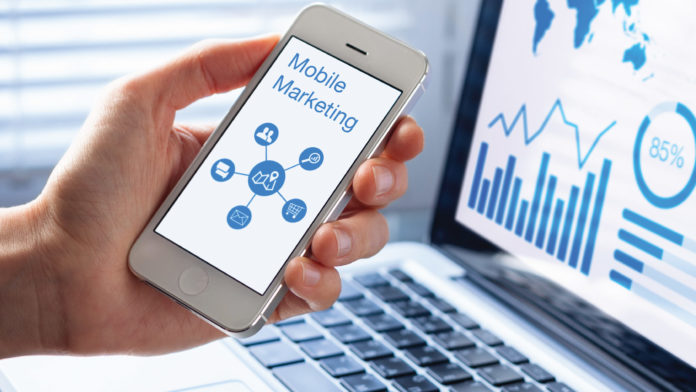As predicted by experts in the 1990s, digital marketing gives marketers a great benefit to measure everything. Currently, when banner ads generated 20% click-through rates (CTR), the industry believed in the potential of mobile marketing as both exciting and promising.
Today’s generation has made the world mobile-centric making it challenging to measure and attribute each customer touchpoint to a KPI.
Marketers face multiple obstacles trying to integrate mobile attribution data into the marketing organization’s CRM system. First, mobile marketing is comparatively younger than desktop and other device channels, so less time and resources have been invested in creating a seamless integration.
Second, leading CRM vendors, most notably Oracle, Salesforce, and Hubspot, have not acquired a mobile attribution vendor yet. With leading attribution vendor AppsFlyer raising $83.1 million and Adjust $255.9 million, amounting to $227 million in June, an acquisition wouldn’t be cheap. And most significantly, integrating attribution data perfectly to account for the full-funnel, including app reengagement and retargeting, is difficult.
Read More: Authentic Marketing Communication Is Prerequisite Amid the Pandemic
But, with mobile turning the hero for all marketers, it’s necessary to improve the integration of mobile attribution data into the existing CRM systems.
There is also another mobile-specific challenge that could be responsible for attribution in the customer journey: combining retention-focused data and user acquisition data from app retargeting. This enables reaching users who installed an app but didn’t complete a purchase and targeting formerly active users who have become currently dormant.
In mobile marketing, attribution historically focused on user acquisition. But currently, only 6% of apps actually retain their users after 30 days, as confirmed by data from Adjust, and most users already have smartphones with essential apps installed. It’s therefore critical to include app reengagement and retargeting with user acquisition data as two parts of the user journey, and not as separate efforts and actions within the overall marketing strategy.
It’s also critical to align user retention and acquisition solutions with each marketer’s contribution and KPI evaluation. Consequently, all marketing actions should have common windows for attribution, view-through, and inactivity to compare and evaluate.
Once compiling both UA, retargeting, and re-engagement attribution data, it’s crucial to integrate it with the marketer’s predictive modeling to gain optimum value.
Read More: COVID-19 Pandemic has Accelerated the Need for Digital Experiences
Marketers need to work with a reporting API like Singular’s and ensure that audience creation and measurement are aligned with full-funnel KPIs. This is the only way to bridge the gap between CRM and attribution in mobile marketing. The industry also needs to work in alliance to ensure the development of robust tools that can reasonably attribute mobile marketing actions as part of the customer journey.







